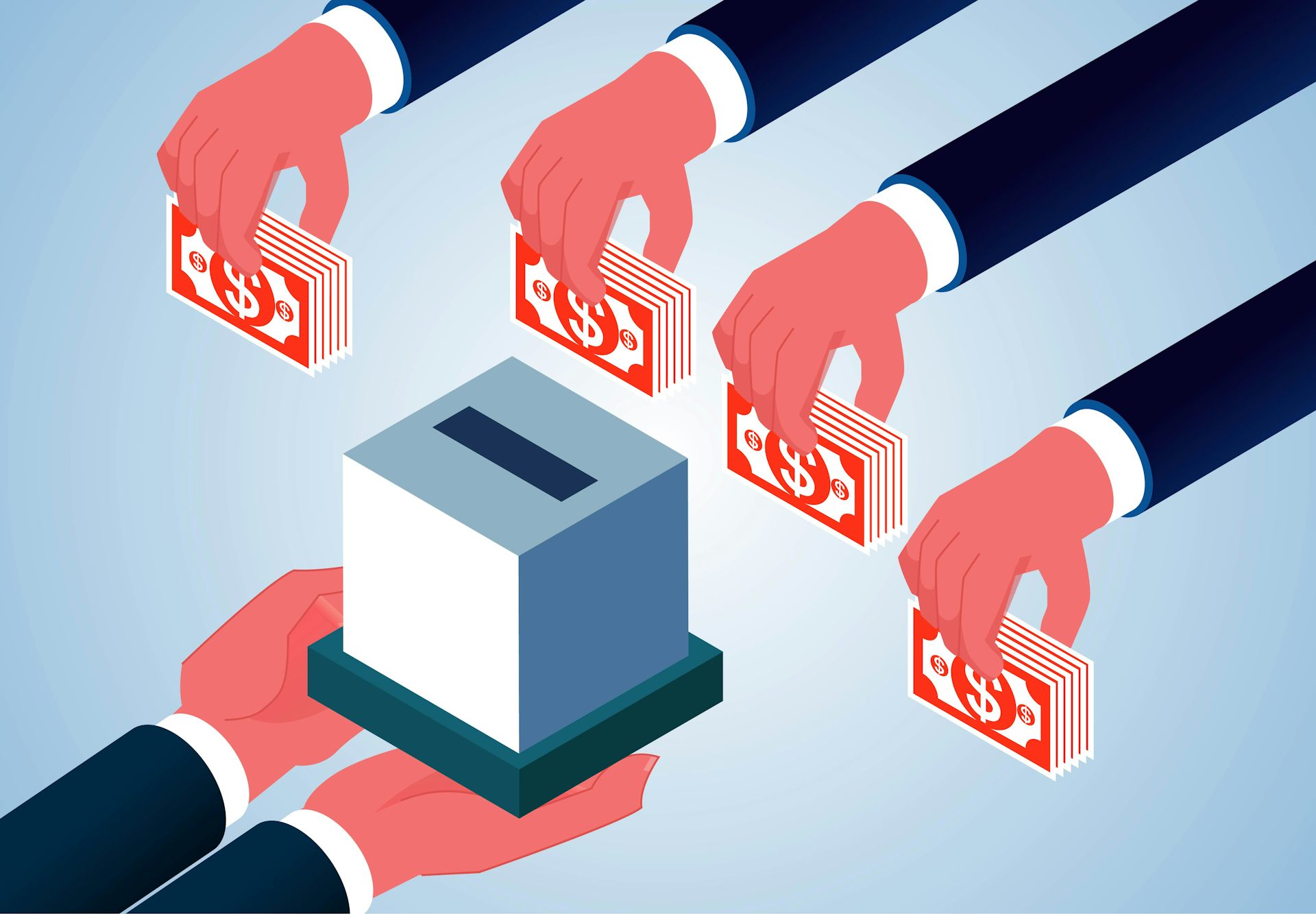Data on sexual orientation and gender is critical to public health – without it, health crises conti
The Trump administration’s CDC data purge means researchers can no longer effectively track and address health issues affecting LGBTQ+ people – and ultimately society as a whole.
As part of the Trump administration’s efforts aimed at stopping diversity, equity and inclusion, the government has been restricting how it monitors public health. Along with cuts to federally funded research, the administration has targeted public health efforts to gather information about sexual orientation and gender identity.
In the early days of the second Trump administration, the Centers for Disease Control and Prevention took down data and documents that included sexual orientation and gender identity from its webpages. For example, data codebooks for the Behavioral Risk Factor Surveillance System were replaced with versions that deleted gender identity variables. The Trump administration also ordered the CDC to delete gender identity from the National Violent Death Reporting System, the world’s largest database for informing prevention of homicide and suicide deaths.
For many people, sexual orientation and gender identity may seem private and personal. So why is personal information necessary for public health?
Decades of research have shown that health problems affect some groups more than others. As someone who has studied differences in health outcomes for over 15 years, I know that one of the largest health disparities for LGBTQ+ people is suicide risk. Without data on sexual orientation and gender identity, public health cannot do the work to sound the alarm on and address issues that affect not just specific communities, but society as a whole.
Alarms and benchmarks
Health is determined by the interplay of several factors, including a person’s genetics, environment and personal life. Of these types of health information, data on personal lives can be the most difficult to collect because researchers must rely on people to voluntarily share this information with them. But details about people’s everyday lives are critical to understanding their health.
Consider veteran status. Without information that identifies which Americans are military veterans, the U.S. would never have known that the rate of suicide deaths among veterans is several times higher than that of the general population. Identifying this problem encouraged efforts to reduce suicide among veterans and military service personnel.
Studying the rates of different conditions occurring in different groups of people is a vital role of public health monitoring. First, rates can set off alarm bells. When people are counted, it becomes easier to pick up a problem that needs to be addressed.
Second, rates can be a benchmark. Once the extent of a health problem is known, researchers can develop and test interventions. They can then determine if rates of that health problem decreased, stayed the same or increased after the intervention.
My team reviewed available research on how sexual orientation and gender identity are related to differences in mortality. The results were grim.
Of the 49 studies we analyzed, the vast majority documented greater rates of death from all causes for LGBTQ+ people compared with people who aren’t LGBTQ+. Results were worse for suicide: Nearly all studies reported that suicide deaths were more frequent among LGBTQ+ people. A great deal of other research supports this finding.
Without data on sexual orientation and gender identity, these issues are erased.
Lost data costs everyone
Higher death rates among LGBTQ+ people affect everyone, not just people in the LGBTQ+ community. And when suicide is a major driver of these death rates, the costs increase.
There are societal costs. Deaths from suicide result in lost productivity and medical services that cost the U.S. an estimated $484 billion per year. There are also human costs. Research suggests that for every suicide death, about 135 people are directly affected by the loss, experiencing grief, sadness and anger.
President Donald Trump’s targeting of research on sexual orientation and gender identity comes at a time when more Americans than ever – an estimated 24.4 million adults – identify as lesbian, gay, bisexual or transgender. That’s more than the entire population of Florida.
LGBTQ+ people live in every state in the country, where they work as teachers, executives, janitors, nurses, mechanics, artists and every other profession or role that help sustain American communities. LGBTQ+ people are someone’s family members, and they are raising families of their own. LGBTQ+ people also pay taxes to the government, which are partly spent on monitoring the nation’s health.
Stopping data collection of sexual orientation and gender identity does not protect women, or anyone else, as the Trump administration claims. Rather, it serves to weaken American public health. I believe counting all Americans is the path to a stronger, healthier nation because public health can then do its duty of detecting when a community needs help.
John R. Blosnich receives funding from the National Institutes of Health. He is affiliated with the U.S. Department of Veterans Affairs (VA), however all time and effort into writing this piece was done outside of his work with the VA. The opinions expressed are those of Dr. Blosnich and do not necessarily represent those of his institution, funders, or any affiliations.
Read These Next
Data centers need electricity fast, but utilities need years to build power plants – who should pay?
How many data centers will be built – and how much electricity they’ll need – is uncertain. Being…
Sleep problems and depression can be a vicious cycle, especially during pregnancy − here’s why it’s
Inadequate sleep can have negative downstream effects on everyday cognitive functioning and mental health,…
Can scientists detect life without knowing what it looks like? Research using machine learning offer
A new machine learning model explores the boundary between biological and nonbiological chemistry.






